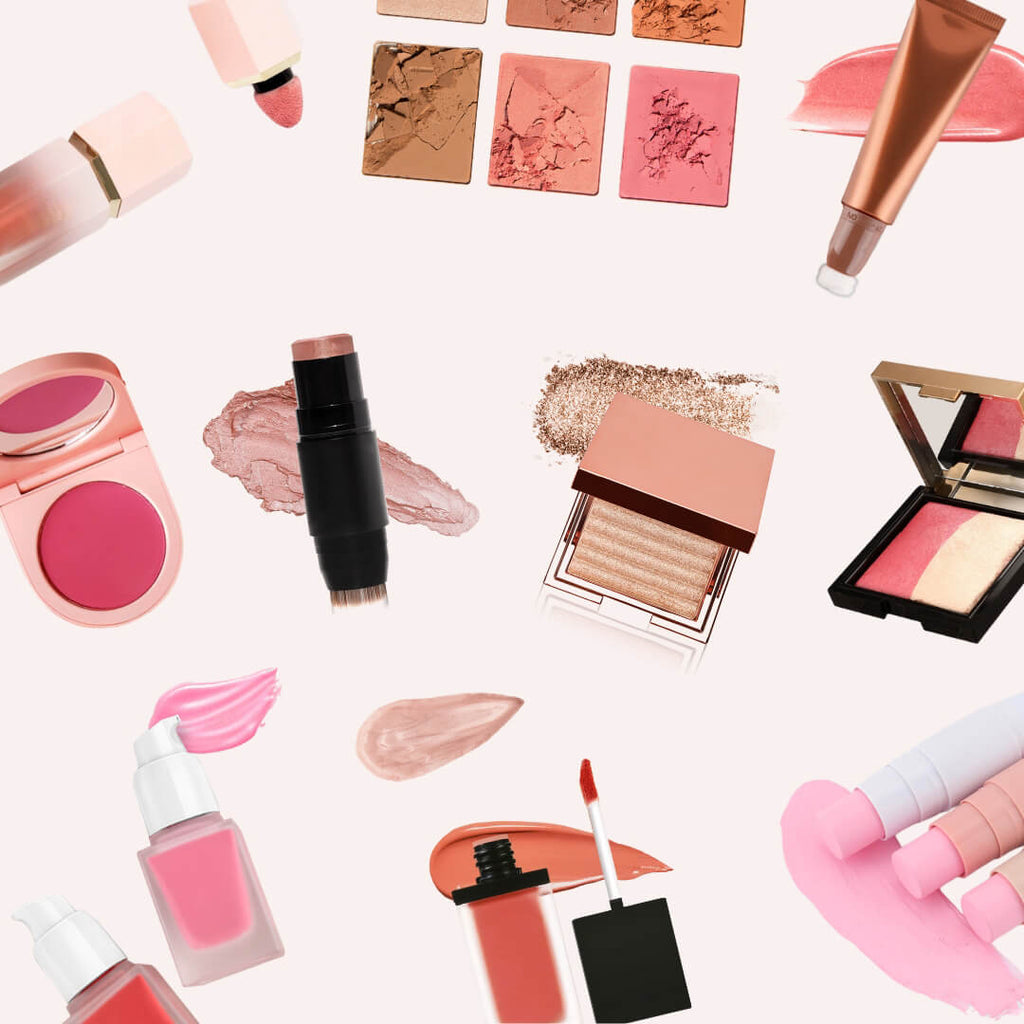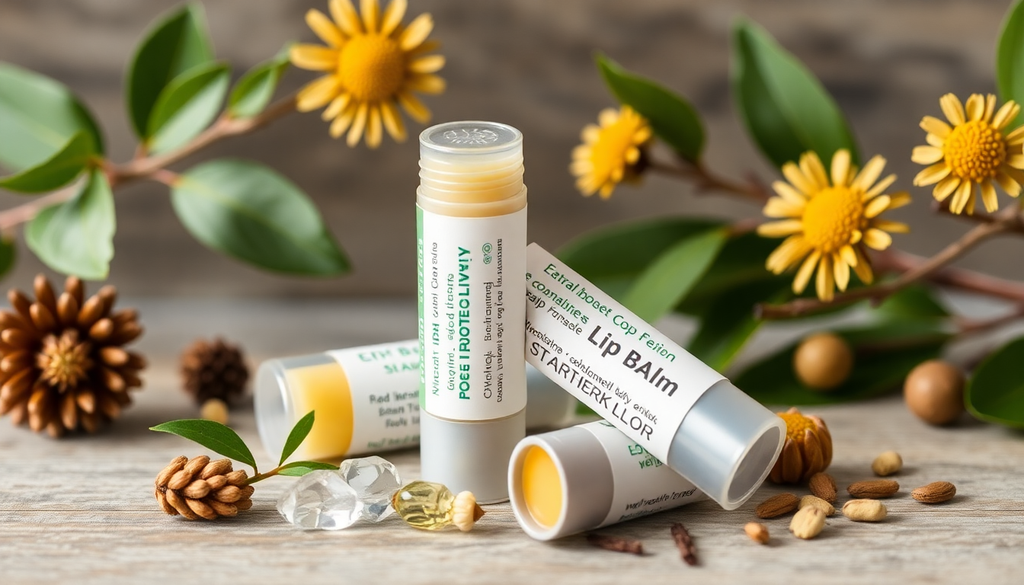
Proven Steps to Launch a Private Label Vegan Lip Balm Successfully in 2025
Introduction: The Growing Demand for Vegan Lip Balms in 2025
In 2025, the global beauty industry is more dynamic and ethically driven than ever before. Consumers are actively seeking products that align with their values, emphasizing cruelty-free, vegan, and eco-conscious formulations. The lip care segment, in particular, has seen a significant boost in demand for vegan lip balms, primarily because they offer nourishing benefits without animal-derived ingredients.
If you're an aspiring beauty entrepreneur, now is the perfect time to capitalize on this trend by launching your own private label vegan lip balm. This detailed guide provides you with step-by-step instructions, insider tips, and manufacturer insights to help you successfully bring your vegan lip balm brand to market in 2025 and beyond.
Why Launch a Vegan Lip Balm in 2025? Market Trends and Consumer Insights
Understanding what drives the market is crucial for positioning your product effectively. Here are some compelling reasons to invest in vegan lip balm creation:
- Market Growth: According to Statista, the vegan cosmetics market is projected to surpass $20 billion worldwide by 2025, with lip products being a significant segment contributor.
- Consumer Values: A 2024 survey by Mintel revealed that 65% of U.S. consumers prefer vegan and cruelty-free products, citing ethical concerns and health reasons.
- Product Innovation: The trend toward multifunctional balms, like SPF-infused or tinted options, is gaining traction, accounting for a 19% increase in sales in 2024 (Source: NielsenIQ).
By aligning your product with these trends, you'll tap into an expanding market eager for ethical, effective lip care solutions.
Step 1: Deep Dive into Market Trends and Consumer Preferences
Identifying the Most Popular Shades and Features
- Muted nude and soft pink shades continue to dominate due to their versatility and year-round appeal.
- Seasonal shades like berry reds and coral tones are also trending, encouraging brand adaptability.
- Consumers now favor balms with added SPF, moisturizing stickiness, and subtle gloss or matte finishes depending on their daily needs.
Understanding Consumer Priorities
- Transparency: Clear labeling of vegan, cruelty-free, organic, and eco-friendly ingredients builds trust.
- Packaging: Recyclable, minimalist, and reusable containers resonate with eco-conscious buyers.
- Price Point: Affordable luxury—balms priced between $6–$15 are most appealing for daily use without sacrificing quality.
Step 2: Crafting the Ideal Vegan Lip Balm Formula
Beginner-Friendly Formulation Tips
Creating an effective vegan lip balm doesn't require advanced chemistry knowledge. Focus on simple, natural ingredients that work well together:
- Use plant-based oils such as coconut, jojoba, and olive oil for deep hydration.
- Incorporate vegan waxes like candelilla, rice bran, or soy wax to create structure and consistency.
- Add plant-derived butters such as shea or cocoa butter for a nourishing feel.
- Include gentle emulsifiers if creating a tinted or SPF-infused balm.
Ensuring Formulation Stability and Safety
- Always conduct stability testing to ensure your balm maintains texture, efficacy, and appearance over time.
- Choose preservatives approved for vegan products, such as 100% plant-based options like potassium sorbate.
- Consider pH balancing to enhance shelf life and minimize irritation.
Cost-Saving Formulation Strategies
- Start with bulk purchasing of base oils and waxes to reduce per-unit costs.
- Utilize standard formulations as templates, customizing only key ingredients for differentiation.
- Limit expensive additives in initial runs, adding more as your brand grows.
Step 3: Selecting the Perfect Packaging for a Vegan Appeal
Affordable and Eco-Friendly Options
- Plastic tubes: Economical, highly customizable with labels, and available under $0.80 per unit in bulk quantities.
- Sustainable materials: Recyclable aluminum tins, sugarcane-based biodegradable tubes, and bamboo caps increase eco credibility.
- Consider dual-use packaging, like refillable sticks or sustainable tins, to appeal to environmentally conscious consumers.
Design Tips to Match Your Brand Ethos
- Use minimalist designs with earth tones or botanical illustrations to reinforce the natural vibe.
- Incorporate labels that clearly showcase your vegan and cruelty-free certifications.
- Ensure packaging is user-friendly and durable, enhancing the unboxing experience.
Step 4: Strategic Color Selection and Branding in 2025
Building a Cohesive Color Palette
- Start with five core shades: a natural nude, soft pink, deep berry, coral, and a clear, lightly tinted balm.
- Use Pantone color codes to stay on-trend: e.g., 14-0852 (Golden Ochre) for warm shades or 13-1404 (Rose Quartz) for soft pinks.
- Plan seasonal shades—think vibrant reds for winter or pastel yellows for spring—to keep your line fresh.
Harnessing Branding as a Differentiator
- Create compelling packaging that visually communicates your brand’s values—think eco-centric illustrations and transparent sustainability messaging.
- Develop a memorable logo and consistent aesthetic for labels and online presence.
- Utilize social media to showcase ingredient transparency and real customer testimonials.
Step 5: Managing Your Budget and Costs Effectively
Estimating Production Costs
- At MOQ 500 units, producing a vegan lip balm can cost between $1.20–$3.50 per unit depending on formulation complexity and packaging choices.
- Consider additional expenses such as testing, certifications, shipping, and marketing materials.
Hidden Costs and How to Avoid Them
- Certification fees (vegan, organic) can range from $500–$2,000 annually.
- Shipping and customs may add 10–20% to your product costs, depending on the supplier location.
- Account for potential re-formulations or packaging changes that may occur during early production stages.
Cost Optimization Tips
- Negotiate with multiple manufacturers to obtain the best prices and terms.
- Order in larger quantities once your initial product is validated to benefit from economies of scale.
- Leverage pre-order campaigns to secure early cash flow and reduce inventory risks.
The Manufacturer’s Role: Partnering for a Smooth Launch
Choosing the right manufacturing partner is pivotal. Here are key questions to ensure seamless product development:
- Are your formulations fully vegan, cruelty-free, and compliant with international standards?
- What is your MOQ, and can you accommodate smaller initial runs for testing?
- Do you offer customized sustainable packaging options?
- Can you assist with stability testing and formulation improvements?
- Do your ingredients have transparent sourcing and vegan/verifying certifications?
Partnering with a manufacturer that emphasizes transparency, quality, and flexibility will streamline your launch process and safeguard your brand reputation.
Conclusion: Embark on Your Vegan Lip Balm Journey Today
Launching a private label vegan lip balm in 2025 is a combination of market awareness, formulation expertise, strategic branding, and excellent manufacturer partnerships. By following these proven steps—understanding current trends, creating safe and appealing formulas, selecting sustainable packaging, and managing costs—you'll position your brand for sustainable growth and customer loyalty.
Are you ready to take the first step? Request our custom cosmetics starter kit today and start developing your own private label vegan lip balm that stands out in the booming ethical beauty landscape!
Feather your entrepreneurial cap, stay committed to quality and sustainability, and watch your vegan lip balm brand flourish in 2025 and beyond.


